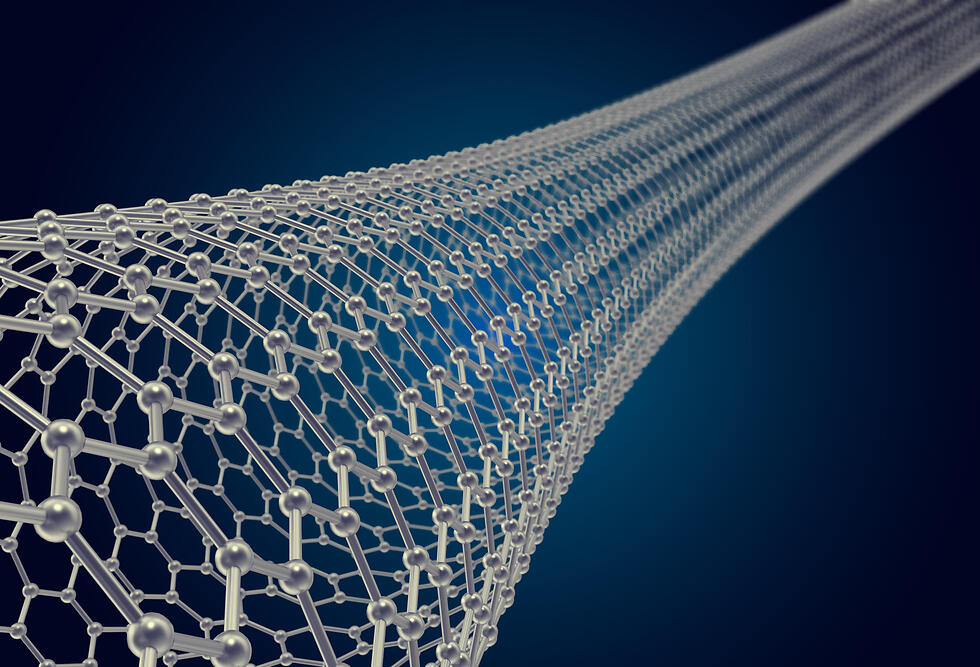Researchers have developed a new method for growing very narrow and long strips of graphene (a material derived from graphite) that serve as a semiconductor for the nanoelectronics industry. The experts, including some from Tel Aviv University, believe this development may be used for various technological applications, including advanced nanodevice installations, spintronic devices, and quantum computing.
The study was conducted by an international team of researchers, including Prof. Michael Urbakh and Prof. Oded Hod from Tel Aviv University’s School of Chemistry, alongside scientists from China, South Korea, and Japan. The study was published in the Nature Journal.
Prof. Urbakh and Prof. Hod explained graphene is in fact a single layer of graphite, composed of carbon atoms arranged in a honeycomb lattice. Graphene is highly suitable for technological uses due to its exceptional mechanical strength, and in recent years, additional fascinating properties of structures made of a small number of layers of twisted graphene have been discovered.
These properties include twisted bilayer graphene's unique electronic properties including superconductivity, spontaneous electrical polarization, controlled thermal conductivity, and structural modulation — a state where a material exhibits minimal friction and wear.
One limitation of using graphene for electronics purposes is the fact that it’s a semimetal, meaning that charge carriers can move within it freely, but the number of charge carriers available for conductivity is very low. Hence, graphene can’t be used as a metallic conductor or as a semiconductor — essential for the computer chip industry.
However, if a thin, long strip of graphene is carved out from a wide graphene sheet, the quantum charge carriers are confined to its narrow dimension, turning them into semiconductors.
This allows for their use in quantum device installations. Currently, there are several obstacles preventing the use of graphene strips for such installations, including the ability to grow long, narrow and structurally isolated strips from the environment.
In the new study, researchers successfully developed a catalytic growth method for growing narrow, long, and structurally isolated graphene strips directly between layers of hexagonal boron nitride and also demonstrated record-breaking quantum device performances based on the grown strips.
The unique growth mechanism was discovered using advanced molecular dynamics simulations developed by the Israeli research group. These simulations showed that ultra-low friction in certain growth directions within the boron nitride crystal dictates the structural properties of the growing strip, allowing to grow it into large lengths while creating a clean and isolated environment for the growing graphene strip.
Prof. Urbakh and Prof. Hod said, "The significance of the new development lies in the fact that, for the first time, it’ll be possible to grow and produce carbon-based nanoelectronic devices directly within an isolated matrix. Such devices are expected to serve various technological applications, including electronic systems, spintronics, and quantum computing devices."



